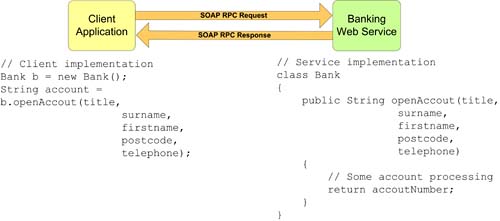

- #Unity networkview rpc vs rpc update#
- #Unity networkview rpc vs rpc upgrade#
- #Unity networkview rpc vs rpc series#
However, if the technical contract changes, which is known as "breaking the contract", problems can occur.
#Unity networkview rpc vs rpc upgrade#
As long as the public interface of the procedure (often called the "technical contract") - the structures of the data going into and coming out of the procedure - remains unchanged, the upgrade is opaque to those machines using the procedure. Hence, upgrade activity is confined and controllable. There's no need to copy the procedure onto other machines. When it comes time to upgrade the procedure, all changes take place in a single location.

The benefit of RPC is that it reduces system redundancy. (See Figure 2, below)įigure 2: RPC makes it possible for a computer to share a procedure (function) with other computers The basic idea behind RPC is that a procedure (also known as a function) that is running on one machine can be shared by a number of other machines at different locations on the network. Remote Procedure Calls, the precursor to gRPC One-to-many sharing of a procedure came to be known as Remote Procedure Calls ( RPC). Thus, the notion of making it possible for a single computer to share its algorithms a.k.a procedures with other computers evolved.
#Unity networkview rpc vs rpc update#
If an algorithm was updated, that update needed to be propagated among all the machines using it. Many times, a single algorithm was duplicated among many machines. It's true that time was saved by sharing the data, but still, each computer had to process that information using its own set of algorithms. However, simply sharing data had limited use in terms of maximizing computing efficiency. For example, it was not unusual for one bank to share a customer's loan history information with another bank wanting to determine credit-worthiness. Companies needed to move data from one computer to another in order to process information in a way that was particular to each system. The need to share computing resources has been around since the beginning of digital technology. Essentially, the legacy of gRPC is all about distributing discrete functions among a network of computers.

But, as with any journey, we need to start with the beginning and that beginning starts with understanding the need and history from which gRPC emerged. Also, we'll look at the problems and solutions of working with gRPC at scale.
#Unity networkview rpc vs rpc series#
Subsequent articles in this series will take a detailed look at specific aspects of gRPC, all the way from providing a detailed explanation of a complex demonstration gRPC application that contains both the client and server components to a set of in-depth interviews with a number of companies that have implemented gRPC as part of their technology Stack. Also, we're going to present an overview of the gRPC specification and show how the specification is implemented using a demonstration gRPC API created especially for this series of articles. In this article, we're going to discuss how gRPC emerged on the landscape of distributed computing. Presenting such an understanding of gRPC is the purpose of this article as well as the others that will follow in this series. Having a broad understanding of gRPC in the context of popular alternatives such as REST and GraphQL is essential for those companies doing or planning to do enterprise-level development of distributed systems at webscale. In fact, given the trends presented above, there is every reason to think that the adoption of the technology will continue to grow, particularly among enterprises that need blazing fast systems to meet their mission-critical needs. We at ProgrammableWeb believe that gRPC is a permanent fixture on the IT landscape. Figure 1: According to Google Trends, there has been a growing interest in gRPC since it's release in 2015Ĭompanies, large and small, are using gRPC, including noteworthy brands such as Slack, Microsoft, Condé Nast, Netflix, and Cisco, to name a few.


 0 kommentar(er)
0 kommentar(er)
